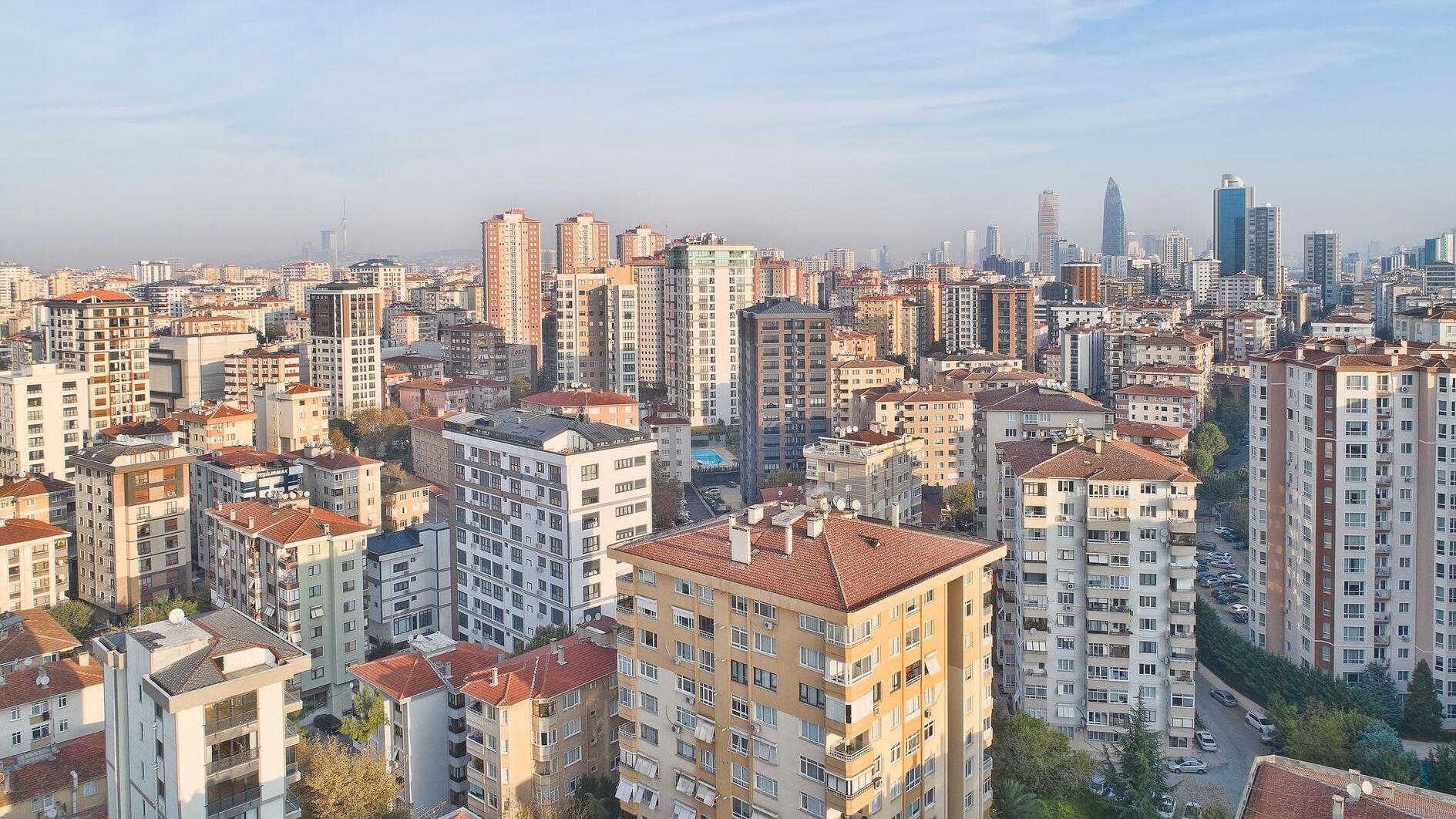From ‘take-off’ to ‘escape velocity’
Not only professional economists, but also central bankers can create attractive slogans for economic realities and problems. As discussed in this column several months ago, the “middle income trap” concept became again a subject of a hot debate as the growth of emerging economies in Asia and Latin America continue to slow down and might follow the same pattern during the coming years in spite of some rosy projections. All followers of the dismal science know that the origin of this idea is in Professor Walt Whitman Rostow’s famous book titled “The Stages of Economic Growth” (published in 1960). He advocated the idea that the beginning of rapid economic growth of a nation looks like the “takeoff” of a plane from the runway.
Most developing countries, which are called “emerging economies,” begin with a rapid economic growth for several reasons. However after reaching a per capita income generally between 5,000 and 10,000 dollars, a kind of “growth weariness” begins in those countries, as observed now. This situation is called the “middle income trap.” It means that these countries are still on the runway and could not take off successfully.
Now rich and developed countries, because of the recent crises, experience the same situation and in spite of all efforts, stimulus packages cannot push economies into a reasonably higher growth phase. The Bank of England’s new governor, Mark Carney, ingeniously invented a term for this situation: “escape velocity.” He meant that if Western economies could not reach a reasonable growth rate (unfortunately he did not give a definite figure, only said that central banks must target nominal GDP instead of inflation), they also could not escape from stagnation, like a rocket cannot escape from earth’s gravity if it does not reach a certain velocity.
It means that both emerging and developed economies share the same faith for different reasons. The reasons might be different but the outcome is the same: unemployment, unjust income distribution, increase in poverty and even the emergence of political extremism in some countries.
Solutions for emerging economies’ “takeoff” problem surprisingly seem easier in a technical sense but quite difficult politically: more democracy, more freedom and more market incentive. On the other hand there is no political barrier (except some resistance in parliaments and in the American Congress, which can be tackled in a way) to bringing solutions to the “escape velocity” problem but practical difficulties such as the slow reaction of the general public to stimulus packages cause serious delays in the revival of economies.
Then the world economy seems trapped between two uncertainties: How emerging economies jump over the middle income trap for a successful takeoff and how rich countries reach a reasonable growth rate (of which the numerical value is still unknown) to escape stagnation or a second recession and more seriously a possible deflation, which Japan has experienced for years.
In rich countries central banks, in spite of the inflation risk, under the political pressure might try to do more which means implementation of a looser monetary policy. Higher inflation can accelerate growth and job creation but cannot be controlled easily by even autonomous central banks, contrary to general belief. There is no scientific or practical evidence that an ultra-loose monetary policy will definitely accelerate growth first, not price increases. Another worrisome probability is people’s reluctance to spend in spite of a new monetary expansion. Then what more can monetary authorities and governments do?










